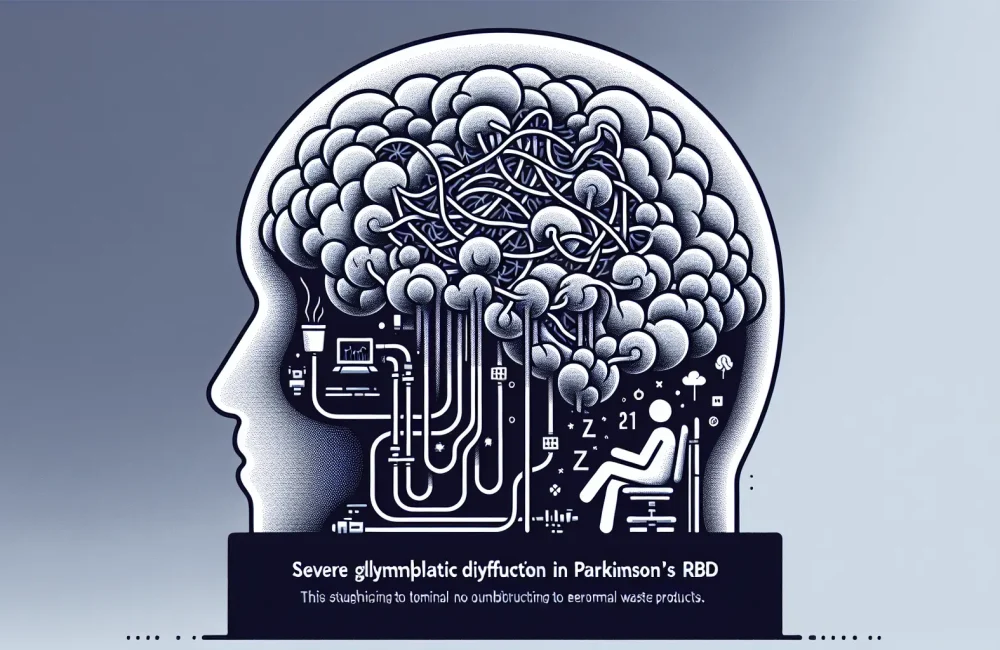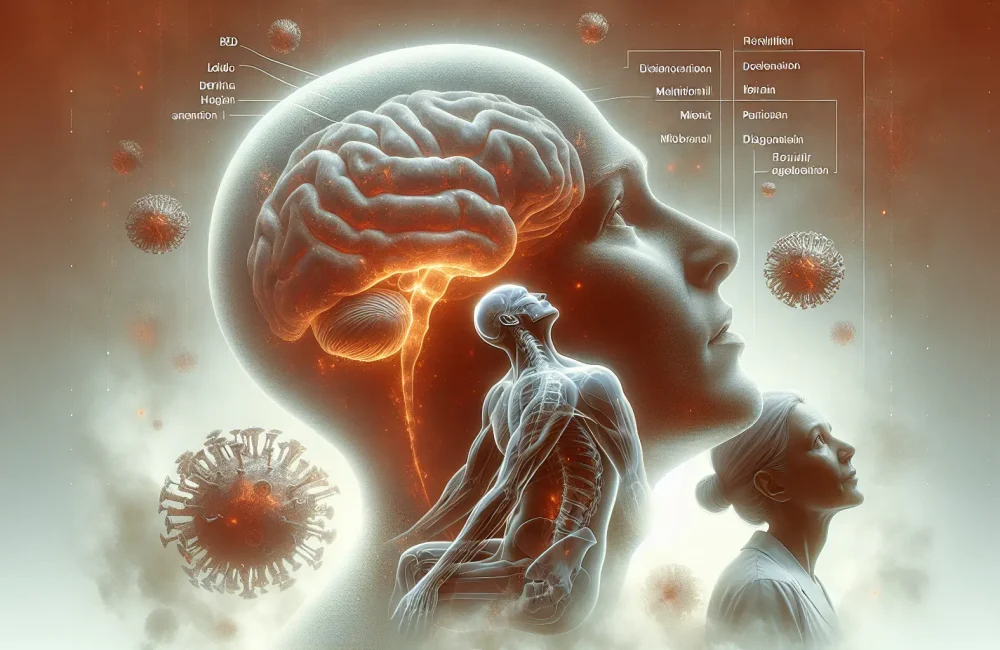By CAFMI AI From npj Parkinson’s Disease (Open Access)
Objective Quantification of Levodopa-Induced Motor Changes Using Computer Vision
Parkinson’s disease (PD) motor symptoms such as bradykinesia, rigidity, and tremor significantly affect patients’ quality of life and clinical management relies heavily on accurate assessment of these symptoms’ response to levodopa, the primary pharmacotherapy. Traditional methods utilizing clinical rating scales like the Unified Parkinson’s Disease Rating Scale (UPDRS) are limited by subjectivity and inter-rater variability, reducing sensitivity to subtle motor changes. This study harnessed advanced computer vision techniques to analyze video recordings of PD patients before and after levodopa administration during standardized motor tasks including finger tapping, hand movements, and gait. By applying pose-estimation algorithms, researchers extracted detailed kinematic features such as movement speed, tremor amplitude, and joint fluidity. These objective metrics allowed a fine-grained analysis of motor function that identified three fundamental motor improvement dimensions—bradykinesia, tremor, and rigidity—which align with established clinical motor constructs. The quantitative approach enhances reproducibility and sensitivity, offering potential improvements over subjective clinical scales in monitoring levodopa efficacy and tailoring individualized treatment plans.
Clinical Implications and Potential Applications of Multidimensional Motor Analysis
The finding of three discrete levodopa-responsive motor improvement dimensions has significant clinical implications for managing Parkinson’s disease. Understanding that motor responses to levodopa are multifaceted rather than uniform can aid clinicians in better characterizing therapeutic benefit and side effect profiles. The objective kinematic markers derived from computer vision can supplement traditional assessments to pinpoint which motor symptoms respond to treatment and to what degree. This can inform dose adjustments, timing of medication, and even patient-specific physiotherapy targeting the predominant affected dimension. Furthermore, the technology’s capacity for remote and continuous monitoring through video analysis introduces a promising avenue for real-world assessment outside clinical settings. This may facilitate more frequent, standardized evaluation of disease progression and treatment response, supporting precision medicine initiatives and potentially optimizing long-term patient outcomes through data-driven decision-making.
Study Design, Limitations, and Future Directions for Parkinson’s Motor Monitoring
This study was methodologically robust, involving standardized motor task videos obtained from PD patients both before and after levodopa administration. The application of principal component analysis allowed reduction of complex kinematic data into three orthogonal components correlating with clinical motor domains. This strengthens the validity of the findings while demonstrating how computer vision can dissect complex motor phenomena into clinically meaningful categories. However, the study’s limitations include reliance on video data quality, possible variability in task performance, and the need to validate these computational markers across diverse patient populations and disease stages. Future research should focus on integrating these tools into clinical workflows, validating longitudinal assessments, and exploring real-time feedback mechanisms to enhance therapeutic adjustments. Emphasizing patient counseling on the interpretation of motor fluctuations and incorporating this technology into primary care settings could transform clinical practice, enabling earlier detection of changes and tailored interventions.
Read The Original Publication Here






